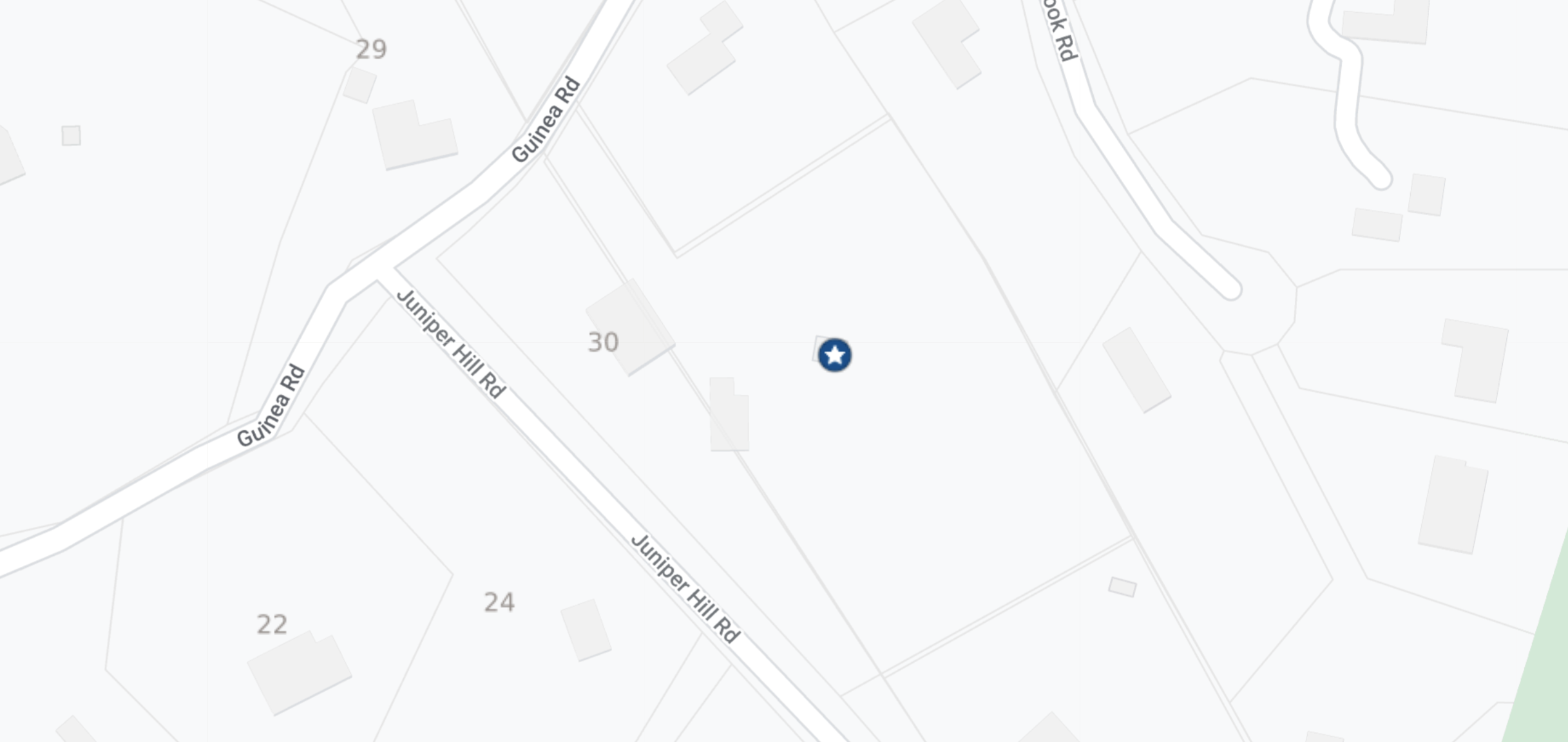Greenwich pricing, Stamford schools?
/New construction at 3 Juniper Hill Lane straddles the Stamford/Greenwich border, and is asking $4.450 million. While that’s a relatively stiff price, perhaps, for this area of Greenwich, but one that would leave a Stamford buyer positively rigid; the difference in value is in the schools and respective amenities of the two towns.
The MLS listing available to agents follows our prescribed custom and states that the property “has a Greenwich address, with Stamford schools”, while the listing broker’s own website says Greenwich schools. I assumed that the broker’s page was in error, a mistake made by a computer that saw the Greenwich address and automatically spat out the list of Greenwich schools, but it made me curious: what is the current law on school assignment for residents of homes split by town borders? Have we realtors (and town officials) been misreading the law, and applying too restrictive rules to pupils’ right to choose between bordering towns’ schools?
Not too long ago, the rule was that, if any portion of a house sat on land in one town, the children in that house were entitled to go to either town’s schools, but if only the land extended across the border, and not the residence itself, then the little darlings were doomed to attend the schools of the town where their parents’ actual house stood.
That’s been my understanding of the law for a couple of decades now, and it seems to also be the understanding of our Greenwich Association of Realtors, which requires the disclosure of any Greenwich address/Stamford school split such as here on Juniper Road, but also up on the Taconic, and East Middle Patent Road. But is it the law? Maybe not.
Digging around, I came across the on-point 1994 Connecticut Appellate Court decision, Baerst v. State Board of Education, [Baerst v. State Board of Education, 34 Conn. App. 567, 568 (Conn. App. Ct. 1994)]. Here’s a summary from the opinion:
The facts are undisputed. In 1985, the Baerst family moved from a house located wholly within New Canaan to their present home, located at 446 Brookside Drive, which is situated on a 2.32 acre parcel of land, two acres of which are in Norwalk and the remainder in New Canaan. The front door opens onto steps that are divided by the town line, and the side door is located in New Canaan. The road frontage is divided between Norwalk (179 feet) and New Canaan (220 feet). A majority of the real property taxes is paid to Norwalk for land and house, whereas only 5 percent for land only is paid to New Canaan. The family uses a New Canaan mailing address, to which the New Canaan post office delivers mail. In addition, the Baersts have used numerous New Canaan services such as emergency ambulance services, snow removal, and police services. The hearing board found the family members' social and community activities to be "overwhelmingly focused" on New Canaan organizations. The board further found that their daily lives are focused in the New Canaan community. A New Canaan address is listed on their auto registration and driver's licenses; also, they pay personal property taxes on automobiles to New Canaan, and are registered to vote, and have repeatedly done so, in New Canaan. They have residents' library cards from the New Canaan Public Library and participate in library activities. The Baerst children play predominantly with New Canaan residents.
The question the Baerst case raised was whether, for a child living in a house located on the boundary line between two towns, where she goes to school should be decided solely on the basis of the geographical location of the dwelling, or should also take into consideration which town is the primary focus of the family's interests and activities. The court ruled that the decision in such a case should consider the latter.
“We find persuasive the plaintiff's arguments challenging the rigidity and arbitrariness of a bright line rule based solely on the physical location of the residence.
“We conclude that an approach based on the whole constellation of interests including both geography and the community orientation of the plaintiff and his family is congruent with the Connecticut statutory scheme pertaining to education and consistent with relevant Connecticut case law. A fact based "constellation of interests" approach, which takes into account not only the physical property, but the other factors associated with the plaintiff and his family, finds persuasive support, not only in 1 Restatement (Second), supra, comment (h), [etc. etc., blah blah blah…..]
……
“We note that this case arises in a singular factual context. While many of the cases cited by the board as comprising the "majority approach" determine the physical location of the house to be dispositive, we decline to give these decisions like force where the physical location of the house and lot do not accurately and fully reflect the interests and orientation of the Baerst family. The right of public education benefits people, not property. By far, the important constellation of interests of the Baerst family is with New Canaan. The state board of education has promulgated residency guidelines to determine residency for purposes of public school attendance. These guidelines support an approach that takes into account multiple factors. These factors include the various recreational "affiliations" that a student may have, such as membership in scouts, as well as the town issuance of a library card and the address listed on a motor vehicle operator's license. See September 1988 Residency Guidelines. No statute or case mandates that the geographical factor solely be dispositive.”
My point here is not (just) to bore the reader with a lengthy legal discussion, but to emphasize that the holding in Baerst is far wider than it seems to be given credit for. It’s irrelevant that the Baerst’s front steps touched the New Canaan line, because the court specifically ruled that the location of the structure was not dispositive. I read that as meaning no part of the house must necessarily be in the desired town’s school district, so long as some portion of the property is.
Save for a very few twisted individuals (and how I wished I’d met them when I was practicing law) people are looking to buy a house, not a law suit, but if I owned a house in this situation and had the time — years — to take a case through the courts, I’d consider doing so. I think it’d be an easy win, once you wended your way through the Superior Court and got the case before the soft-hearted, liberal Appellate Court judges.
(UPDATE: It occurs to me to mention that some of the houses up on Taconic and Middle Patent are entirely in Stamford, and have Greenwich mailing addresses solely because of an arrangement of convenience made between the Stamford and Greenwich post offices back in the early 1900s; the question of cross-border schools is, for them, moot.)
Here’s the MLS listing:





